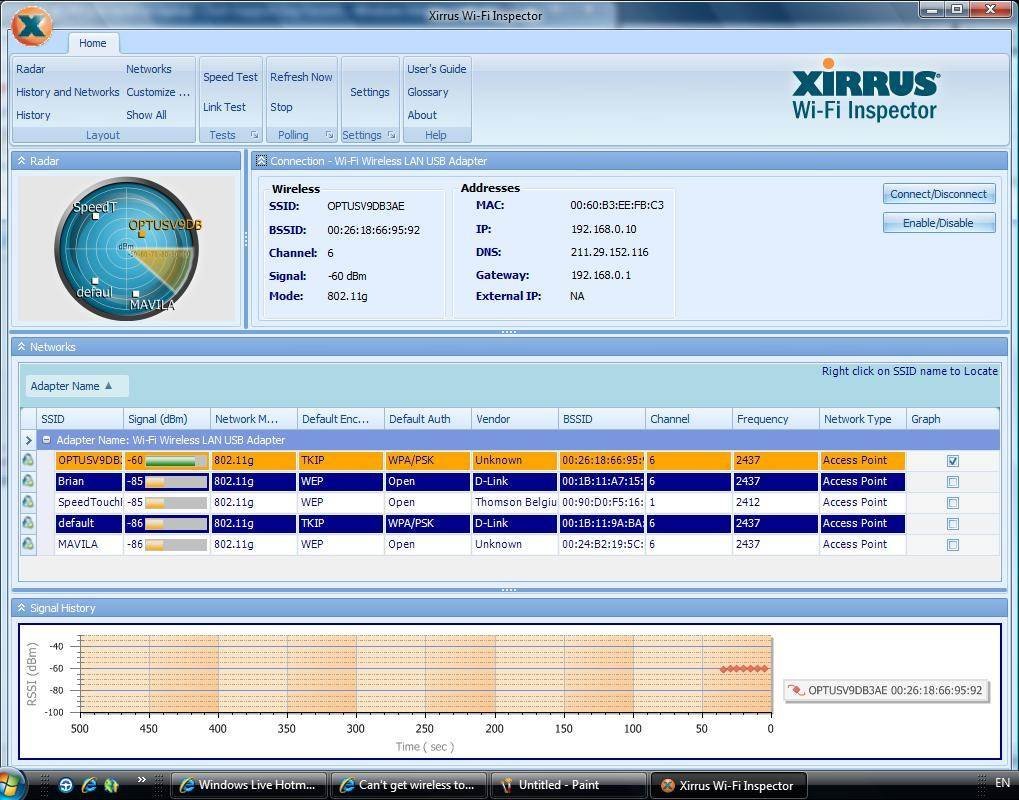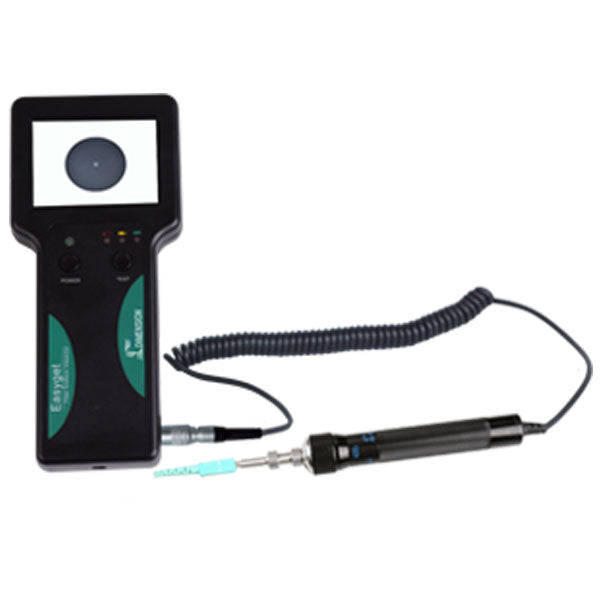

Tid: tracking ID – the most important one! For instance, you can see that the data is being sent to the Google Analytics property UA-40777649-1 (based on the ‘ tid‘ param).īelow are a few examples of common Google Analytics parameters to check for. It is much easier to pick out the important parameters this way and make sure that their values are as you expect. Check it out below to get introduced or for a refresher: My colleague Emily already wrote a great post about how Google Analytics collects data, including some great examples of Measurement Protocol.
#Network inspector tools full
You can check out the full list of available parameters in the documentation – Measurement Protocol Parameter Reference. Here are a few example parameters that you will see:ĭl: document location, or url of the page viewedĭt: document title, or the title of the page viewed The pieces of data attached to our hits are formatted as parameters. If you are using Classic Analytics instead of Universal, the data is transferred via a pixel called utm.gif – we’re going to focus on Universal Analytics though. The requests look like URLs with lots of parameters, and those parameters contain all the info we want to see in Google Analytics.
#Network inspector tools code
We have tracking code throughout our website that sends these requests to Google Analytics, every time a page is loaded or someone clicks a feature we want to track. We often refer to these requests as our Universal Analytics hits or our Measurement Protocol hits. We will be looking for a request in the Network tab to the following endpoint: We can see what type of file was requested, where it was requested from, how large the file was, and more. The Network tab is what we call the area of your browser where we can see all of the requests for the files required to load a web page, in the order that they are made. There are a lot of other great uses for the Network tab as well, and we’ll mention some of those along the way – but this post certainly doesn’t cover everything you can do with the Network tab. This post aims to provide a general overview of what the Network tab is and how you can use it to validate your analytics implementation. It also provides some additional helpful features you won’t find elsewhere.

While other tools are certainly helpful to get a quick sense of what’s working and what’s not, it’s great to have options when it comes to testing an analytics implementation – and the Network tab is one of our go-to tools for feeling confident in our setup as it tells us EXACTLY what is being fired and when.
#Network inspector tools how to
It’s the only tool that shows you (1) the exact form of the request that was sent to Google, and (2) the exact response – which we will learn how to interpret in this post. Why the Network tab? Well, we call it the “source of truth” for a reason – the Network tab is the only tool with 100% accuracy. One we didn’t cover in that post is what we often refer to as the “source of truth” when it comes to identifying whether or not your Google Analytics tracking code is doing its job: your browser’s Network tab. In our Google Analytics and Google Tag Manager training seminars, I often get the question “how do we know our tracking code is working?” There are a variety of tools you can use to test your implementation – we actually wrote about many of them in another blog post – Google Analytics and Google Tag Manager Debugging Tools.


 0 kommentar(er)
0 kommentar(er)
